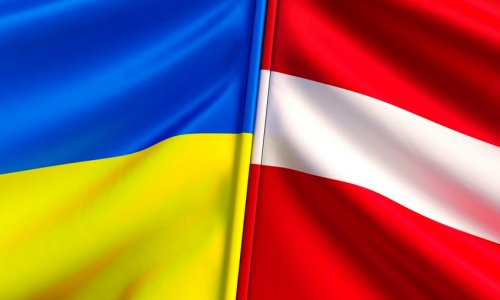Scientists from Georgetown University used a technique called linguistic phylogeny to discover a direct link between the Na-Dene family of languages in North America, and the Yeniseian languages of Central Siberia. Their findings also revealed the migration of people from central Asia to North America around 13,000 years ago may not have been a one-way trip - with some people returning home to Siberia, taking their language back with them.In 2012, DNA research found genetic markers that linked people living in the Russian republic of Altai, southern Siberia, with indigenous populations in North America.Scientists believe that during an ice age between 15,000 and 20,000 years ago, inhabitants of Siberia crossed a stretch of land known as the Bering Land Bridge into North America.This stretch of land is now buried under the waters of the Bering and Chukchi Seas.By studying mutations in the languages of these two regions, scientists found a lineage shift approximately 13,000 and 14,000 years ago - when the inhabitants are thought to have made this journey across the ice.However, because of the wide spread of languages, and the fact links still remain in Siberia, the researchers suggest some of these migrants returned home.To investigate this further, scientists used a technique originally created to investigate evolutionary relationships between biological species, called phylogenetic analysis. This involves creating a tree that represents relationships of common ancestry based on shared traits.The researchers used a linguistic version of this phylogeny to discover around 40 languages that had diffused across North America and Asia.They began by coding a linguistic data set from each of the languages and establishing relationships between this data. They then applied these links to the known migration patterns from Asia to North America.The findings highlight an early dispersal of Na-Dene along the North American coast with a Yeniseian back migration through Siberia. Study co-author Dr Mark Sicoli said: 'We found substantial support for the out-of-Beringia dispersal adding to a growing body of evidence for an ancestral population in Beringia before the land bridge was inundated by rising sea levels at the end of the last ice age.'He added that although they cannot conclusively determine the migration pattern just from these results - and stated the study does not necessarily contradict the popular tale of hunters entering the New World through Beringia - it, at the very least, indicates migration may not have been a one-way trip.'This work also helps demonstrate the usefulness of evolutionary modeling with linguistic trees for investigating these types of questions,' concluded Dr Sicoli.The research was published in the journal PLOS ONE.(dailymail.co.uk)ANN.Az
Native Americans and Russians share the same language
World
23:17 | 14.03.2014

Native Americans and Russians share the same language
It's been known for years that some Native Americans and Russians share ancestors, and new research claims to have confirmed this link by discovering they also share language traits.
Follow us !










